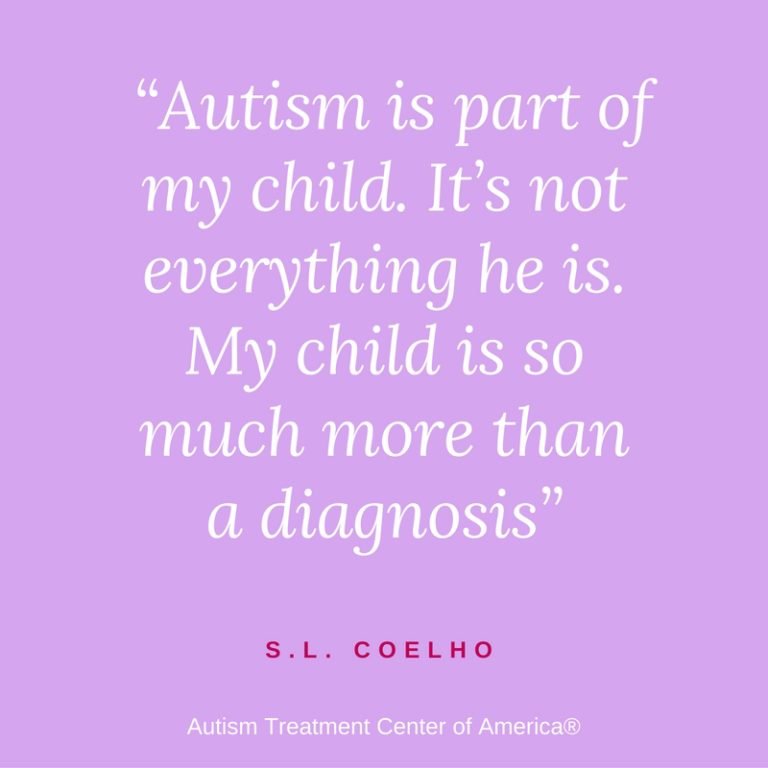Some young athletes die suddenly.
If the athlete is over 35-years of age, sudden death is usually caused by coronary artery disease. If the athlete is below 35-years of age, sudden death is most commonly related to congenital or genetic heart conditions.
Exertional heatstroke can cause sudden death. Exertional heatstroke is caused by an increase in core body temperature brought on by intense physical activity in hot weather. It is most likely to occur if you’re not used to high temperatures.
It is estimated about one in 40,000 to one in 80,000 young athletes suddenly die each year. More than half of sudden deaths are due to underlying heart disease. The most common cause is a genetic condition called hypertrophic cardiomyopathy (HCM). This genetic abnormality causes an area of the heart to become two to three times thicker than usual, making it difficult for blood to pump past the thick point. Complications include heart failure, an irregular heartbeat, and sudden cardiac death.
Unfortunately, up to 50 per cent of those who die never knew they had heart disease.
Review of literature indicates countries such as Italy, teenage athletes are routinely screened with an electrocardiogram (EKG) to detect underlying abnormalities. In the United States, EKG screening is not routinely recommended. It is tempting to order routine EKG to screen young athletes, but there is no strong evidence that indicates screening EKGs can reduce sudden cardiac death among young athletes.
The American Heart Association recommends competitive athletes undergo a 12-item standardized history and physical questionnaire that the organization has developed. EKGs can identify pre-existing heart disease in teens who have a family history of early cardiac death. Genetic testing is used for select individuals with HCM and those who have a family history of heart disease.
A review article in the Canadian Medical Association Journal (CMAJ July 15, 2019) titled, “The prevention and management of sudden cardiac arrest in athletes,” says exercise may increase the rate of sudden cardiac arrest in athletes with pre-existing cardiac conditions; however, this is difficult to predict or prevent, which means that screening athletes for underlying cardiac pathology is complex, challenging and of uncertain benefit.
A recent Canadian position statement recommends a tiered approach to pre-participation screening, advises against the routine use of EKG as a screening tool, and emphasizes the importance of shared decision-making when considering whether to continue or withdraw from competitive sport.
Establishing effective resuscitation protocols and increasing the availability of automated external defibrillators in settings where competitive sport is undertaken are the most effective strategies in helping reduce the incidence of sudden cardiac death among athletes, says the CMAJ article.
Among young athletes, sudden cardiac arrest is usually the first manifestation of underlying cardiac problem, although one retrospective study found 30 per cent of athletes had symptoms suggestive of cardiac disease before cardiac arrest.
The CMAJ article says, “In the absence of predisposing conditions or symptoms of heart disease, exercise, even at high intensity, poses very little risk to an athlete.”
It is important for young individuals to be involved in regular exercise and sport. The benefits are immense. There is reduced risk of death and disease, and substantial social and psychological gains.
There is no evidence that regular screening of young athletes is beneficial. And sudden cardiac arrest in young athletes is a rare event, the best approach, according to CMAJ article, shared decision-making between athlete and physician is the best approach when athletes who are found to have an underlying cardiac abnormality are considering whether to continue or withdraw from competition.
Start reading the preview of my book A Doctor's Journey for free on Amazon. Available on Kindle for $2.99!



